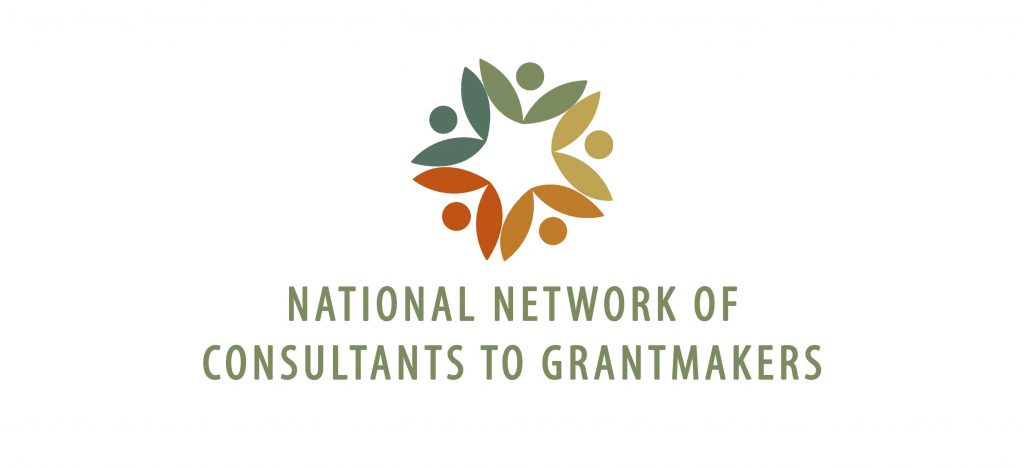 This is a guest post by NNCG Member Marshall Ginn, Founder of Capital Development Strategies, LLC
This is a guest post by NNCG Member Marshall Ginn, Founder of Capital Development Strategies, LLC
Family Foundations: Not getting the information you want? Change up your questions to up your philanthropic game
A family was assessing nonprofits they wished to support financially. With a goal of making smart philanthropic giving decisions, eight family members gathered to sift through packets of information on each applicant.
One younger family member asked, “Are any of these groups innovative? If we invest in a nonprofit, I want to see it working through issues in new ways.” Another followed, “Yes, innovation is important to me too, but they must be a team player. How do we know if they’re open to collaborating with other groups, not just being innovative in a silo?” And finally, the patriarch of the family responded, “I agree. We want to work with groups who are taking the lead with their issue. We want them thinking beyond program implementation. They should be equally focused on the broader impact of their work.”
It was a robust conversation, but it left the family in a strange position. None of this was effectively covered in the materials collected on these nonprofits. They were excellent questions and raised interesting issues. However, the family couldn’t answer them, and their ability to make good philanthropic decisions seem diminished.
What would you have done? Nonprofit organizations face vastly different challenges than they did just a few years ago; they manage their work in increasingly more sophisticated ways. Are your grantmaking practices keeping up with those changes? New generations are increasing the number of decision makers, and they bring new priorities to the table as they explore their role in philanthropy. Are your practices adjusting to those diverse perspectives?
You may be realizing that it’s time to up your game as active philanthropists. Perhaps it’s time to change the types of questions you ask potential grantees. Looking past the traditional ways through which you evaluate nonprofits might be the key to transforming your grantmaking. I know from experience that this can be a turning-point opportunity, and I have seen positive results of taking such steps.
Personal Experience
For years, I chaired the selection committee for the Washington, DC region’s leading award recognizing excellence in nonprofit management, and we faced a similar situation. We covered the basics – strategic planning, personnel, fundraising, board governance, and so on. We reviewed audits and other financial documents. We had routinely been doing our due diligence to identify a winner for this annual prestigious award.
But these basic questions did not effectively uncover what we wanted to know. We found ourselves asking questions we couldn’t answer. Excellent organizations were exhibiting characteristics beyond the basics, attributes less easily described than by HR practices, financial policies, or governance structures. The sector had been changing, but we were not asking questions that targeted that change. We realized that we needed to up our game if we were going to remain relevant.
We expanded our definition of “excellence.” We began to assess new areas of nonprofit management, exploring beyond financial policies, volunteer management practices, board recruitment or fundraising efforts. We created new questions addressing leadership, diversity, transparency and accountability, learning and adaptability, as well as capacity building and collaboration.
The responses to these new questions enabled us to more effectively distinguish which organizations were excellent and which were simply doing good work. There was now a richness to our deliberations, and we made better decisions as a result.
Possibilities
Are you and your family getting what you need from the information you gather from potential nonprofit partners? Is there more you would like to know about an organization beyond what’s covered by due diligence? Many standard grant applications fail to shed light on those less tangible qualities that can make a philanthropic partnership a success or a challenge. Do you need to change up your questions? Perhaps it’s time to look at these organizations through an “appetite for excellence” lens.
Nonprofits can be evaluated on along many lines. And seeking information that suggests a nonprofit’s pursuit of excellence is a great place to start. New questions might explore an organization’s commitment to adaptation and innovation, integration into the larger social sector ecosystem, or collaboration with partners in pursuit of shared goals. Such questions can transform not only your grant application, but also conversations with an organization’s leaders, or the quality of a site visit.
I encourage you to experiment with a few new questions, and evaluate the responses you get. Adjust the questions based on that evaluation for your next grantmaking cycle. The objective is to get at those intangible qualities that shape a nonprofit’s ability to make a difference as well as their suitability to be an effective philanthropic partner. That’s how you can truly up your game as a philanthropist.
Looking Ahead
The next time you talk about your philanthropic goals, explore the changing capabilities, characteristics, and qualities of your nonprofit partners. Beyond the traditional topics of financial stability, program design, and board composition, etc. what topics are increasingly becoming important to you? What information-gathering tactics would yield the kind of information that everyone in your family can use to make decisions? How can you increase the impact of your philanthropy?
Change up your questions!
See the PDF Worksheet here!

